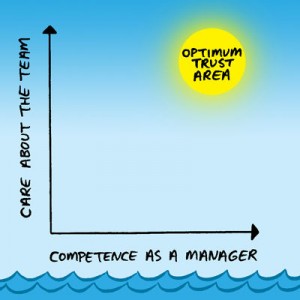Do it Like Zorro – Control Your Circle
Wall Street today was a street of vanished hopes, of curiously silent apprehension and of a sort of paralyzed hypnosis yesterday. Little groups gathered here and there to discuss the fall in prices in hushed and awed tones.
– New York Times, Oct 30, 1929
You might expect that at that moment in 1929, and again in 2008, sleep-deprived, anxious bankers worked tirelessly to arrest the stock market free-fall. And yet, more often, sleep-deprived anxious bankers sat in paralyzed hypnosis as the crisis unfolded before them. Not because they were unable to do anything about it, but instead were drawn into a state of learned helplessness. Learned helplessness is that point at which we feel we are utterly unable to make a difference no matter what we do. We have to start by controlling/influencing what we know we can – which often means the lowest denominator.
Here is a lesson from Shawn Achor, author of The Happiness Advantage. Consider the story of Zorro in which early on we find our hapless hero, Alejandro Murrieta who is drinking and raging quietly against Captain Harrison Love who has killed his brother, and feeling totally helpless to take his vengeance. Zorro introduces him to the Master’s Wheel and advises, “This is called a training circle, a master’s wheel. This circle will be your world, your whole life. Until I tell you otherwise, there is nothing outside of it.” He teaches Alejandro to first control only what comes within his circle and by the end of the story the new Zorro is swinging from chandeliers and handling twenty men in battle.
In 2011, remember to focus first on what you can control. Your circle will widen.






